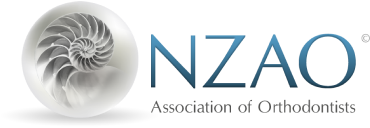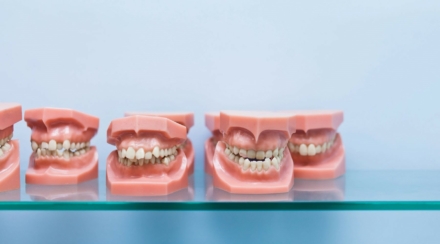We’ve put together this easy-to-use A to Z guide to the most common orthodontic issues and what they mean in simple terms.
If you or your child has any or a number of the issues shown below, or you have any other concerns with their teeth, book a consultation with your local Orthodontist. They’ll help put a plan together to start you or your child’s journey towards a happy and healthy smile.
You can use our tool here to help you find your local registered Orthodontist.
Anterior Crossbite
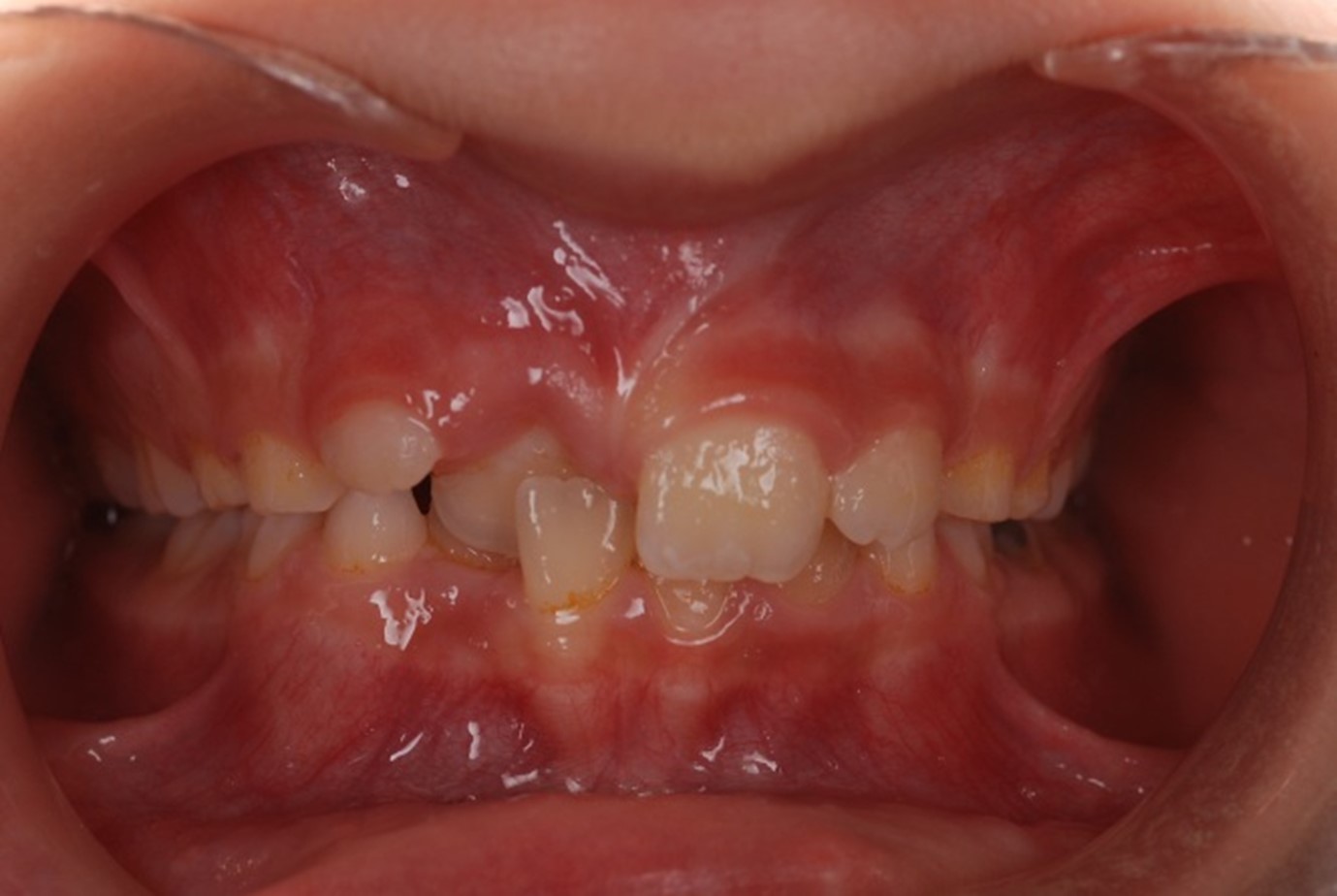
Top teeth should bite outside the bottom teeth like a lid on a box. An anterior crossbite happens when one (or more) of the top front teeth bite on the wrong side of the bottom ones. If left untreated it can lead to gum recession, wear and tear of the teeth and sliding of the jaw.
Crowding
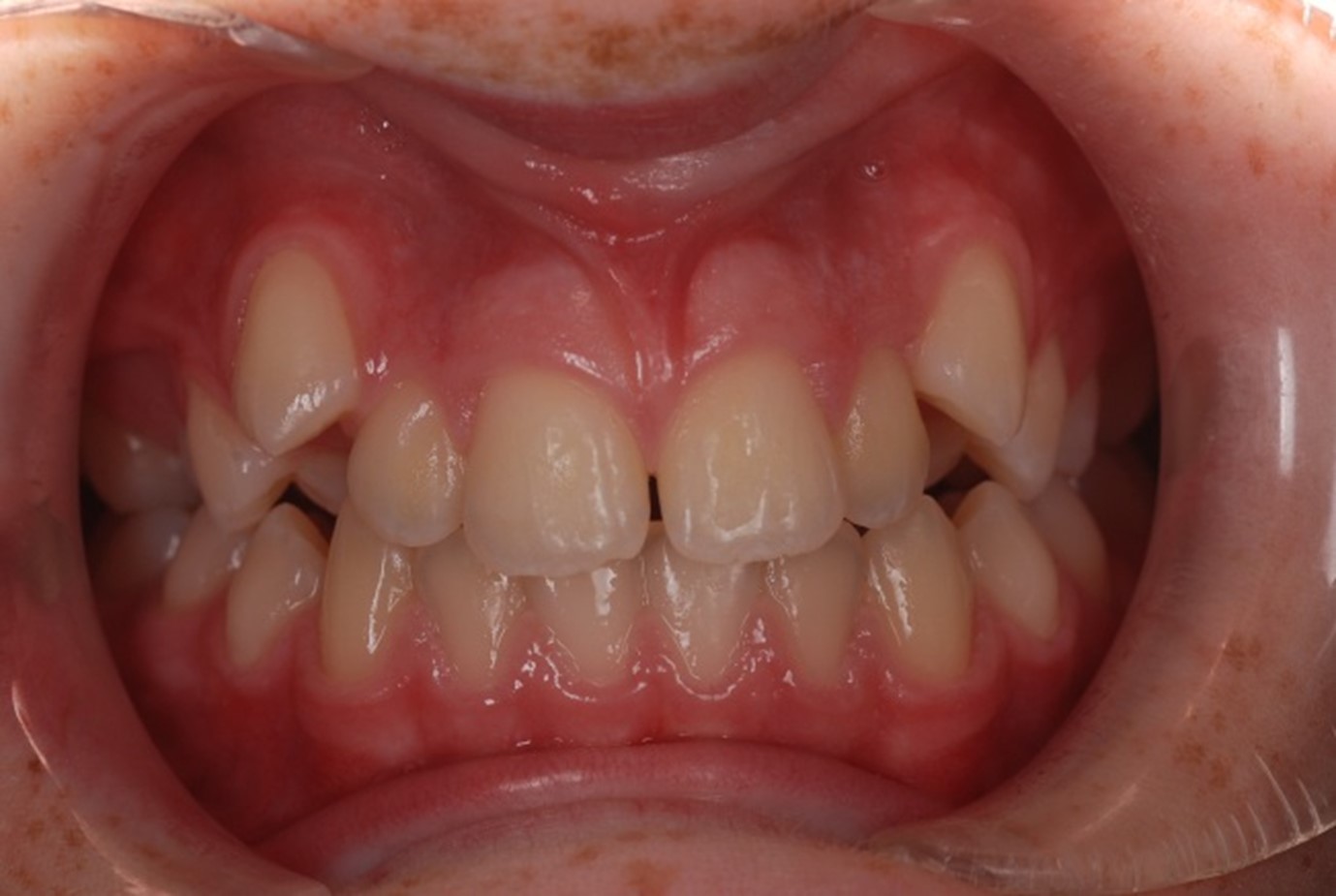
Crowding is common, and happens when there isn’t enough room for the teeth within the jaw. Teeth can rotate or overlap, or in rare cases not come through at all due to the lack of space. It also makes cleaning in-between the teeth more challenging.
Deep Bite (Overbite)
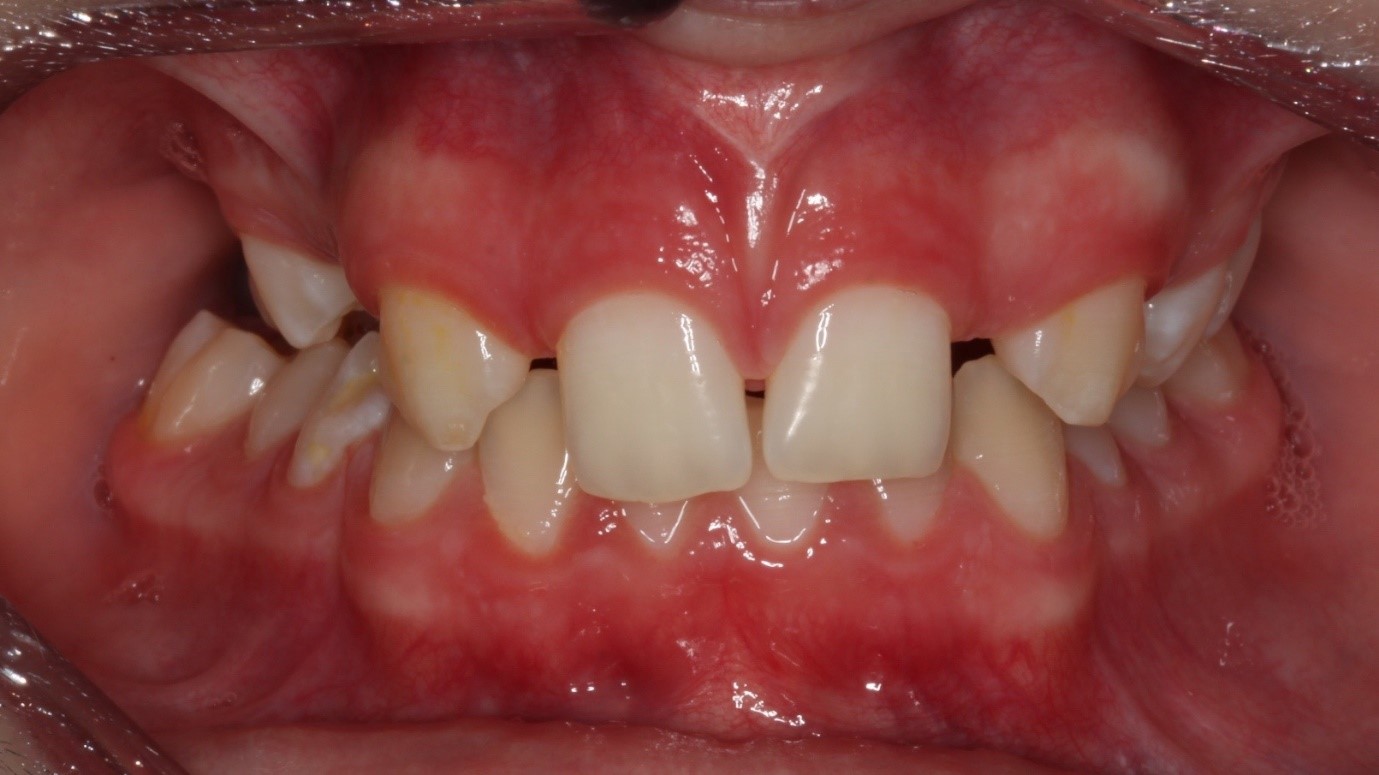
Your upper front teeth should overlap the lower front teeth only slightly. With a deep bite, the front teeth overlap too much. This can cause wear and tear to teeth, and damage to the gums.
Impacted Teeth
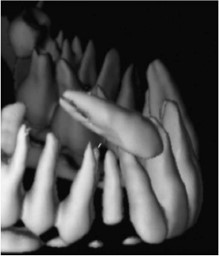
Similar to crowding, if teeth don’t have enough room to grow, they can develop in the wrong position and become stuck, sometimes underneath the gums. This creates a significant problem and will require surgery to correct.
Increased Overjet (Buck Teeth)
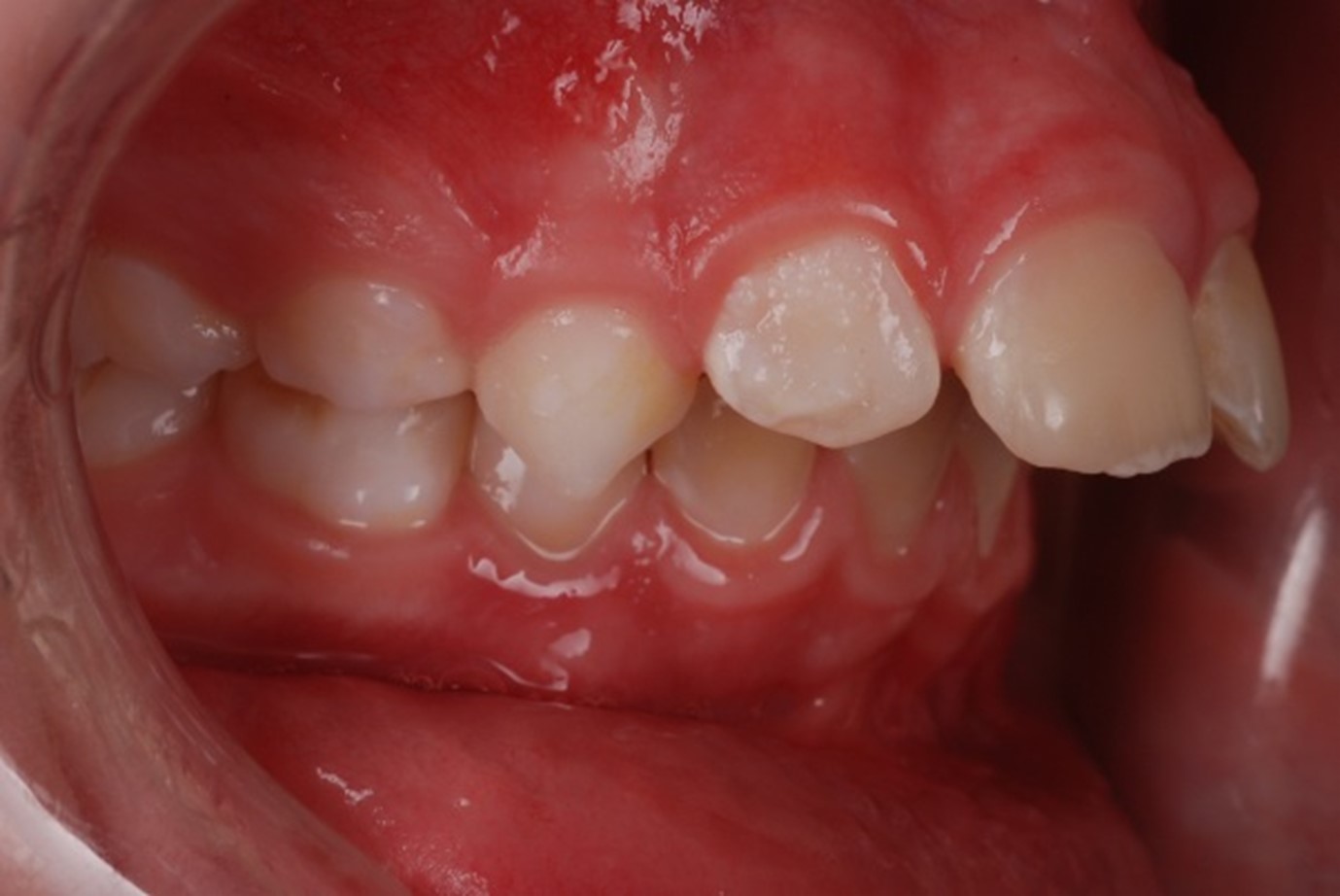
More commonly known as “buck teeth” or “rabbit teeth”, this happens when the top front teeth or jaw is too far forward, or when the bottom jaw is too small. This can lead to damage to the teeth, and is particularly risky for kids that play contact sport.
Open Bite
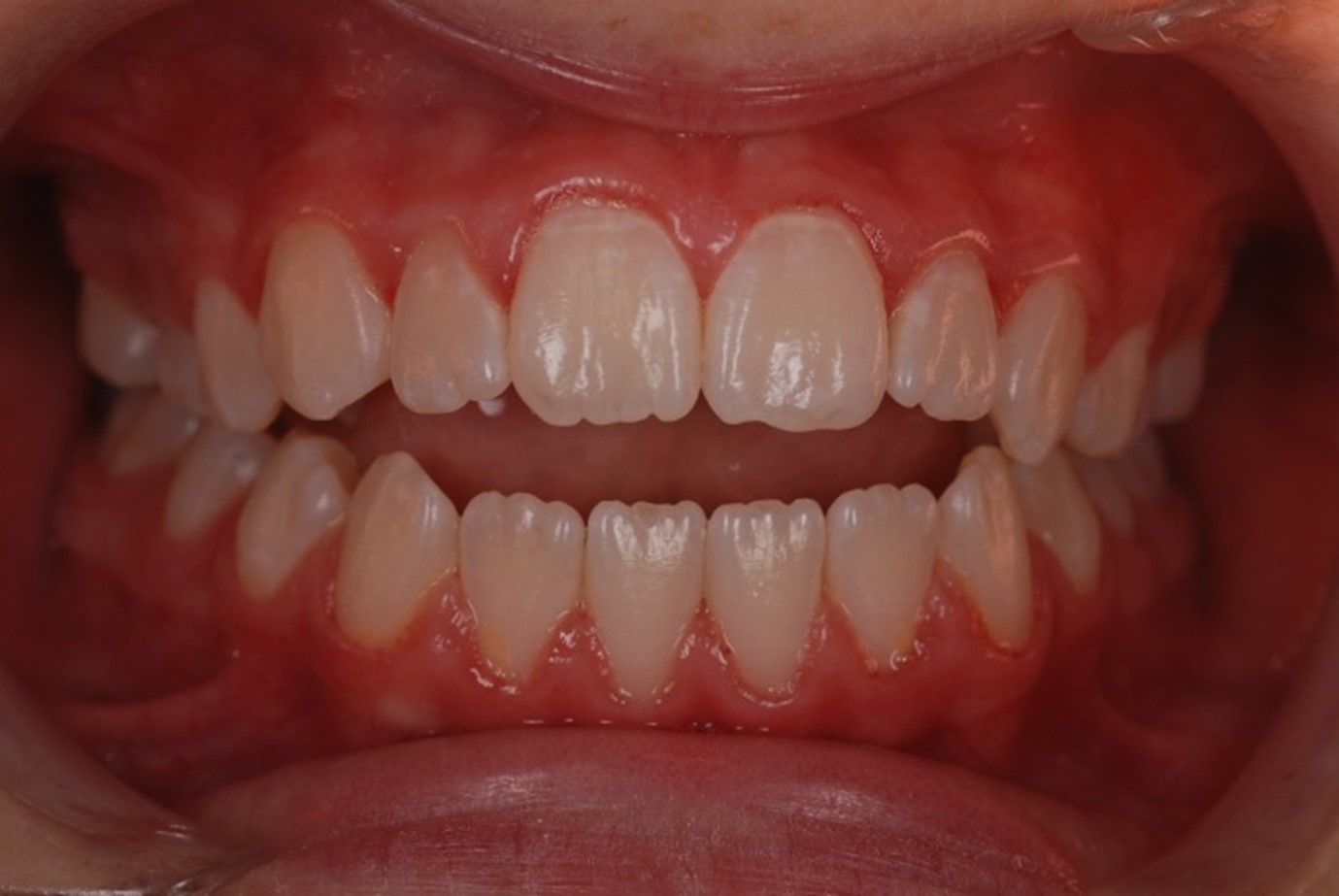
An open bite means there is a space between the top and bottom front teeth. This is very common for thumb and finger suckers, but can also be caused by growing jaws.
Posterior Crossbite
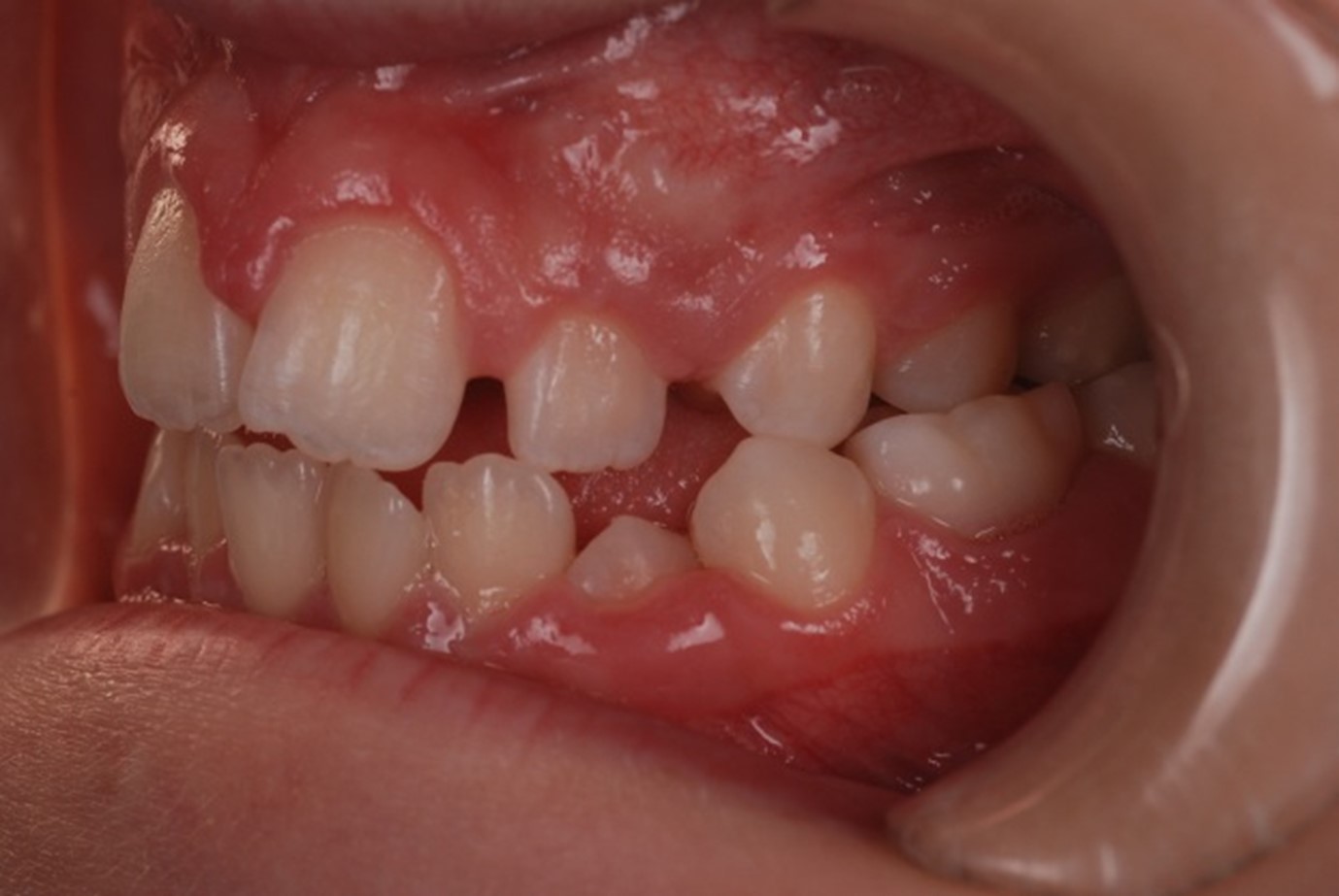
A posterior crossbite usually happens in kids with a narrow top jaw, where one or more of the top back teeth bite on the wrong side of the bottom teeth, occurring on one or both sides of the mouth.
Reverse Overjet
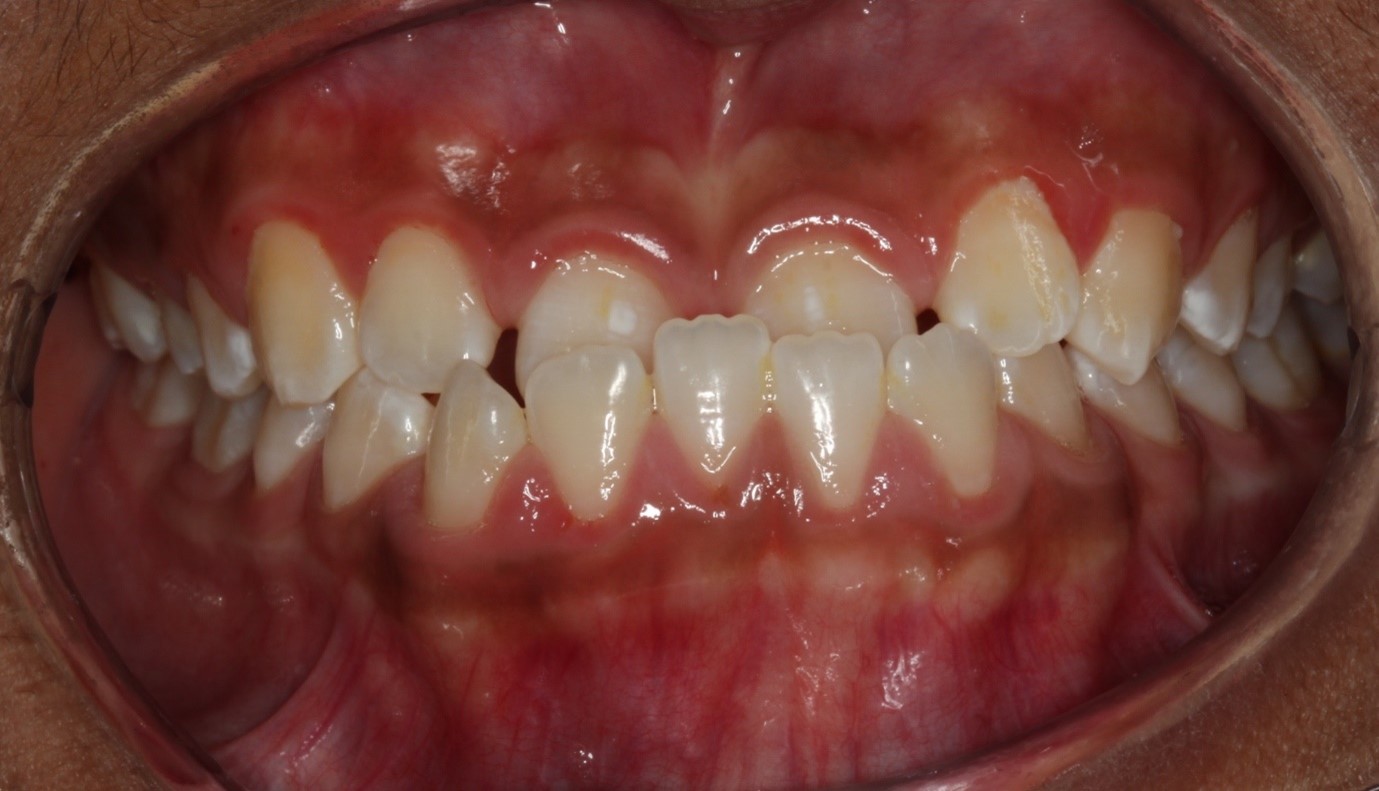
The opposite of the increased overjet or “rabbit teeth”, the reverse overjet is less common, and is usually a result of an over developed lower jaw, an under developed upper jaw, or both.
Spacing

Spacing can be a result of missing, undersized teeth, oversized jaws, or a combination! With similar issues to crowding, spacing can create areas where food can get stuck.
Fact: In some instances adult teeth do not develop at all! This can run in families, or be random, but the good news is, there are many options available to help get that perfect smile.
Thumb and Finger Sucking
Thumb or finger sucking is common for kids, but once adult teeth have come through, this can move the teeth creating a longer-term problem.
How much does it cost?
There is no set fee for orthodontic visits in New Zealand, it depends on the type of treatment needed. After your consultation, your local Specialist Orthodontist will provide an all-inclusive quote so you can budget and plan ahead. The good news is, most Orthodontists offer affordable payment plans to help spread the cost of the treatment.
